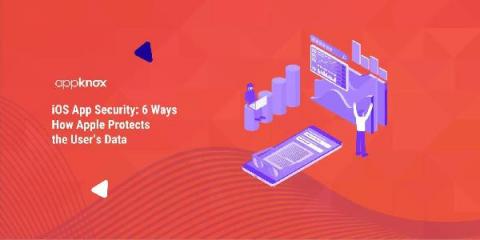Open Source Licenses in 2021: Trends and Predictions
As this year comes to a close, it is a good time to take a look at the trends of open source license usage in 2020 and compare them to previous years. Our research team has collected information from the WhiteSource database, which includes more than 4 million open source packages and 130 million open source files covering over 200 programming languages, to learn which were the most popular open source licenses in 2020.











